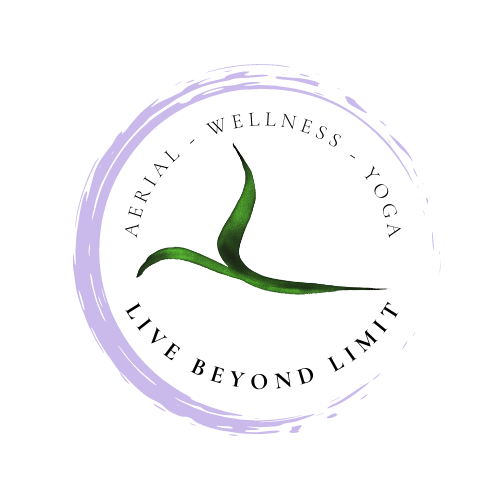Co-authored by John Zappanta
Did you know that most Americans are shallow breathers that tend to breathe with approximately the top 10% of their lungs? How do you breathe? How can you tell? Benefits of deep breathing or diaphragmatic breathing have been shown to improve exercise capacity, core strength, decrease stress, and increase overall well-being. So let’s start using the other 90% of our lungs!
Good respiration allows you to fill your lungs to their fullest to allow maximal oxygen exchange and maximal exercise capacity. At birth we know how to breathe. Newborns and infants are beautiful examples of an effortless rise and fall of the abdomen. What distorts this effortless breath?
Abnormal respiration arises from various factors including cardiopulmonary diseases, musculoskeletal problems, and life related factors like stress and tension. These factors cause effortful and shallow breathing that overuse the muscles of the neck, upper back and chest limiting oxygen exchange to muscles and lowering capacity for everyday activities and exercise. However, by looking into your own patterns and understanding the breathing process you can regain your ease.
Respiration is the process of breathing that consists of two steps: Inspiration (inhalation) and Expiration (exhalation). During inspiration muscles around the ribs and the diaphragm muscle contract in unison to enlarge the chest wall allowing the lungs to expand with air. When we exhale the ribs and diaphragm muscle relax returning the chest wall to its normal position, consequently squeezing the air out. Simultaneously, the deep muscles of the stomach, especially the transversus abdominis muscle, contract to assist with releasing air from the lungs.
The benefits of deep breathing include strengthening abdominal muscles and a decrease or prevention of back pain, which the latest research shows is tied to proper activation of the diaphragm and transverse abdominis muscles. These seemingly ordinary muscles that help fill the lungs create stabilization to the low back through pressure changes and attachments to the spinal column. You too can have stability and take control of your pain via practice.
For thousands of years the Indian system of medicine, Ayurveda, and yoga practices have incorporated deep core breathing as a focal point in care and practice to regulate the nervous system response to activity. To engage your diaphragm place one hand over your stomach and the other hand over your chest. Breathe in slowly allowing your stomach to rise, but ensure your chest remains relaxed. Breathe out slowly and draw your belly button towards your spine as if you were trying to make your stomach 1-2” smaller.
Once you practice, incorporate awareness of your breathing or mindfulness. Notice how you breathe throughout the day by checking in during different activities. If you are not breathing fully, begin incorporating deep core breaths into each of your movements—think “one breath, one movement”. Inhale on the easier phase of your movement and exhale fully on the more challenging aspect like lifting or twisting for the best results.
The expiration will engage core musculature, improve back health, and can improve your physical, mental, and emotional well-being via release of carbon dioxide and other chemicals. In turn, the breath stimulates your parasympathetic nervous system, which is involved in recovery and re-establishing baseline functions of the body, effectively preventing acid build up, muscle tension, decreasing heightened emotional states and pain perception.
So what are you waiting for? Take a deep breath.
How to perform active core deep breathing while lying down:
http://youtu.be/cA1Cbv73BIE
How to perform active core deep breathing while standing up:
http://youtu.be/fyQmwC9KLyo
Thank you to Dr. John Zapanta, Physical Therapist, and Kate Wrightson, Yoga Practitioner, for their contributions to this article. For more information, workshops and videos on how to perform an active deep breathe visit ColPTs.com and livebeyondlimit.com.
